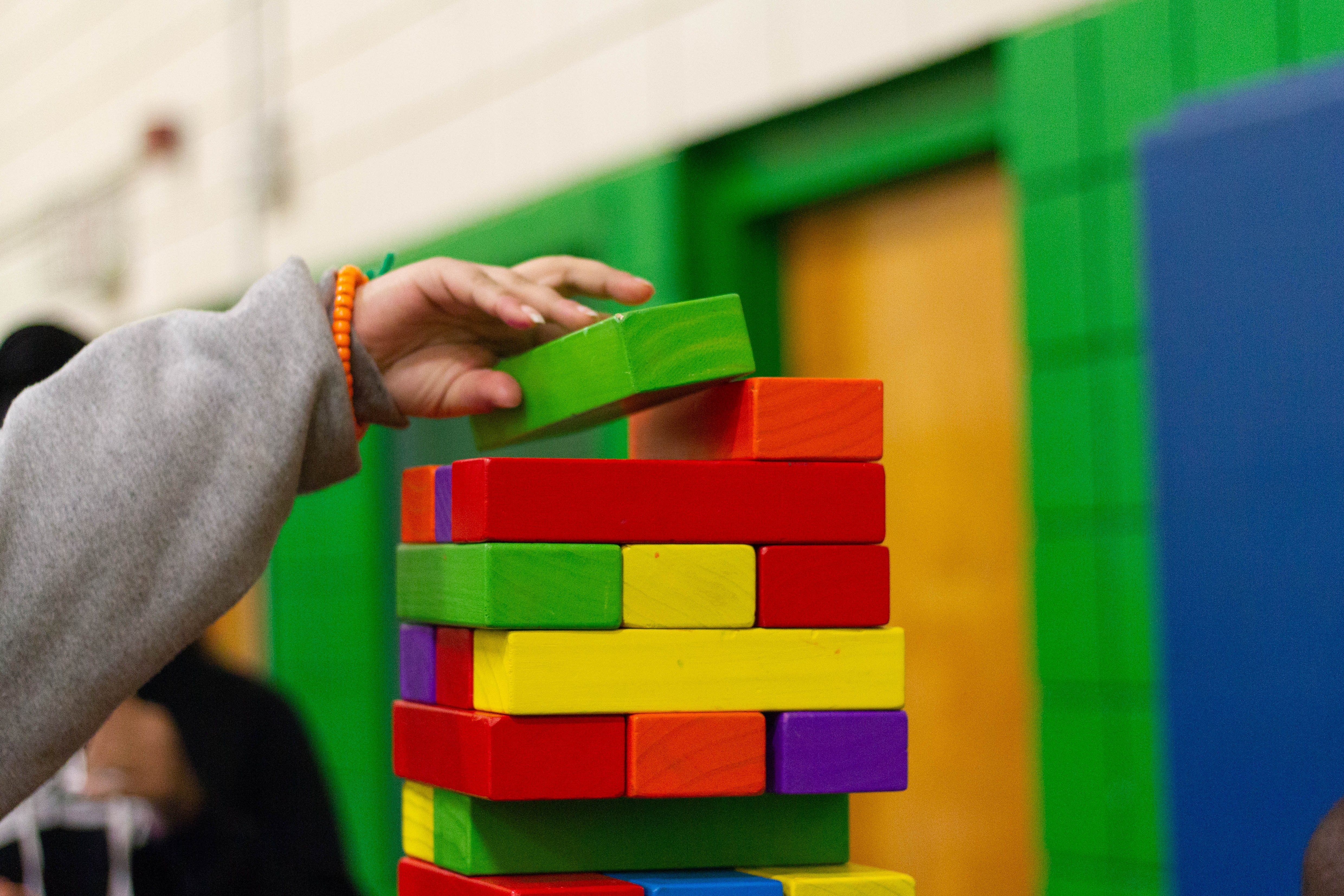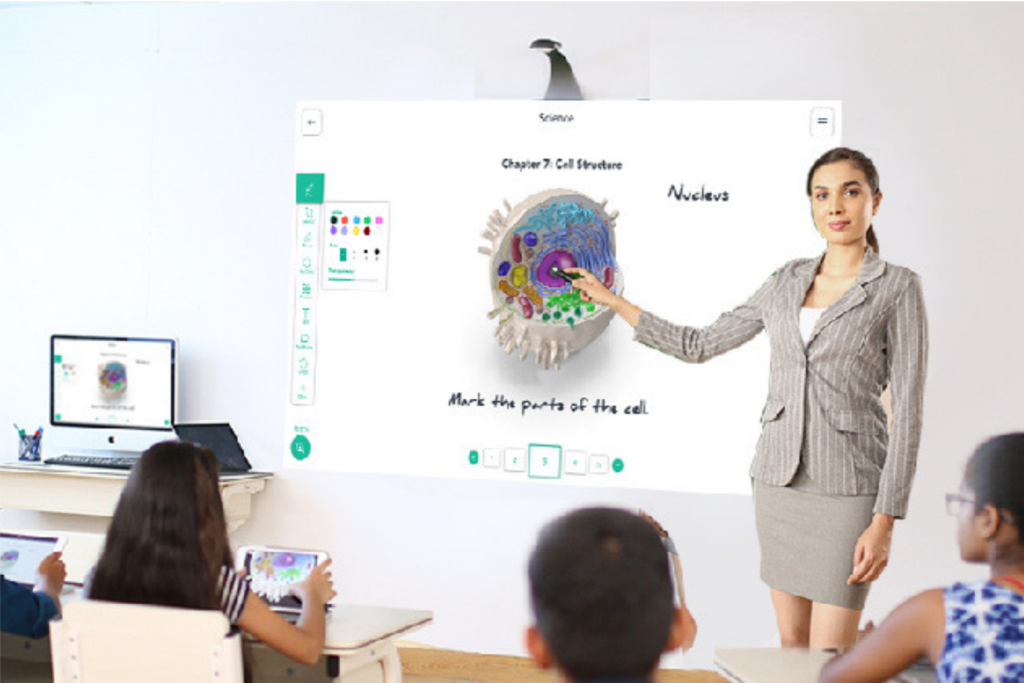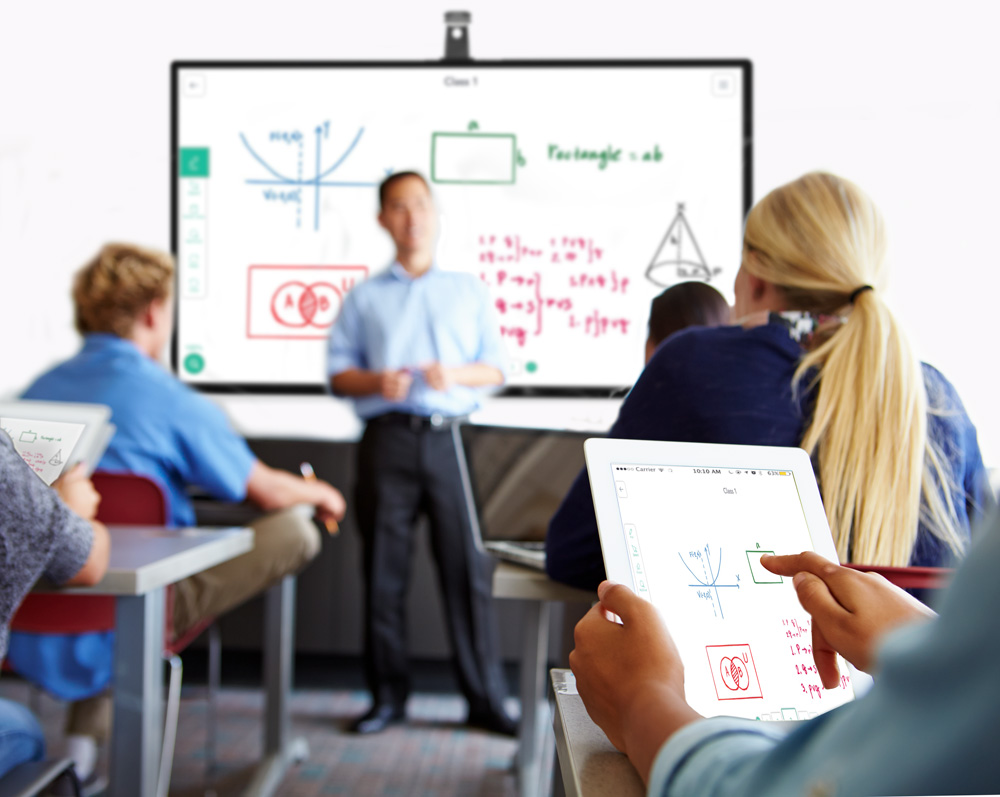
Photo by La-Rel Easter on Unsplash
Recently, when we were reading about how the job market would look like in the coming years, we stumbled upon a very interesting piece of content.
It read that if you were 18 today, by the time you turn 28, you wouldn’t have a job.
This single line triggered a wave of thoughts in our minds. We started pondering over the context behind the post. It’s only after we read the captions we figured out that it was about artificial intelligence taking over jobs. Digging up further, we found a report that shared that automation would take up close to 800 million jobs by the year 2030.
So, the logic was true.
With the boom of data science and the inevitable reach of the internet, we are on a data generation spree. Companies are investing on automation and artificial intelligence and coming up with niche and more specific job roles that did not exist earlier. Tying this back to our education, what becomes evident is that a solid foundation is required for students right from an early stage.
Companies in future will look for candidates who are not just good at communication and have business acumen but know at least a couple of programming languages. And the base for all this lies in some of the most influential subjects in school – science, technology, engineering, and math. In short, we call it STEM education.
In India, the entire idea of STEM education is of recent origin. Being in its nascent stages, schools and institutions are catching up with the importance of STEM education and how a uniform methodology can be implemented across the country. Slowly, as the country wakes up to the rise of the information age, schools are allocating time and classes for robot education, coding lessons and more.
However, one cannot always be sure of the participation of students. What is necessary isn’t always fun and that becomes one of the primary reasons to make STEM education more fun and accessible to today’s students. A generation that is always exposed to information and content, it’s on us – educators – to come up with meaningful classes on STEM.
And this post is all about sharing insights on how teachers and educators can make STEM learning more interesting.
Get As Practical As Possible
Passive classrooms will soon be extinct. As developers of edtech devices, we are already seeing a trend where schools and institutions are incorporating advanced devices in their classrooms. When STEM learning is further emphasized, the best way to make the classes more interesting is by bringing in factors of interactivity and immersive learning. Teachers will have to go an extra mile in pulling relevant videos or graphics from the internet to show to students and pave way for optimized learning. Making STEM learning fun also involves recreating relevant experiments during a live session.
Since the future is all about knowing how to apply lessons in real life, teachers should also quote as much practical examples, scenarios, and problems as they can to create a sense of knowledge gain in students.
Move Away from Classroom Setup
Edtech is all about redefining conventions. A classroom is where students assemble at a place and gain knowledge from teachers. It need not be the same place everyday. Though it has been a longstanding tradition to conduct classes within rooms, teachers can make it more fun and relevant by taking students outside amidst nature or to places where learning the topic would make more sense. Filed trips are underestimated in our classroom setup and if teachers can find a way to move their class outside and offer a new perspective, the translation of efforts is simply phenomenal.
Application of gaming concepts in Education
For the uninitiated, gamification refers to the application of gaming concepts in education. Like how in games, players are posed with interesting challenges and when they successfully complete them, they are also rewarded accordingly. Gamification in education is an upcoming concept, where teachers are increasingly working towards coming up with learning challenges and reward programs for their classes. We have an entire article dedicated on gamification in education you would find helpful. This is sure to make STEM learning fun.
Innovative projects
One of the important aspects of STEM education is empowering students with the ability to think, act and take spontaneous decisions. For this, they have to practice and get hands-on with as many projects as they can. While textbook knowledge can let them know about something, they could only immerse themselves in topics when they work on them. Projects like building a miniature robot, coding simple algorithms, working on experiments like using lemon juice as invisible ink are all fun to work on and enriching.
Group them in Teams
An office environment is very different from that of a school. If students’ individual performance is considered crucial in schools, it’s teamwork that counts in offices. And students have to be prepared for it right from the start. They should know to acknowledge that people are diverse and working with each requires learning and unlearning of new things. Teaming up with other students will offer a preliminary exposure to such an environment and allow kids to get adaptive with others.
So, these were 5 insights on how you can make STEM-based learning more interesting and fun. If you have other suggestions on this, share them on your comments below. Let’s be part of the change and grow together.





About The Author: Sindhya Ravikumar
More posts by Sindhya Ravikumar